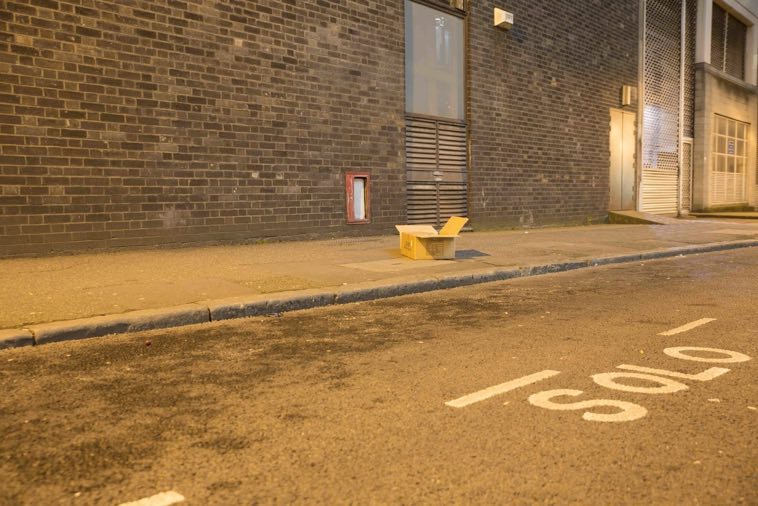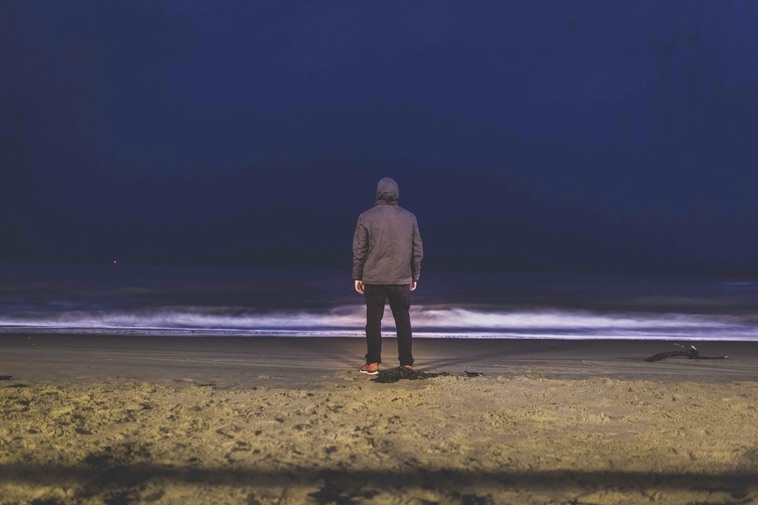Ok, so I might just have had some kind of P-Funk/Rick James moment there, but that’s only because I’m suddenly enthused and totally convinced of the utility of networking (work it!!).
Last night I attended the launch of MAYN, a creative photography and video agency out of Falmouth University. The event, helpfully, took place ten minutes down the road from my house, in Shoreditch (as they’d obviously realised at MAYN HQ that it would be too much of a stretch for me to make it to Falmouth after work on a Thursday!) at the achingly cool headquarters of the advertising agency Mother.
Cool people milling about in a cool place!
It was a genuine pleasure to meet artists represented by the agency, such as Alex Fleming, whose work was also on display at the event, as well as the person running the show Lynn Chambers who was just incredibly friendly and passionate about the new agency and what they are hoping to achieve moving forward.
Aside from feeling honoured to be there, it was also great to be able to put human form to people who had previously only existed to me in the form of a small thumbnail on my screen, fellow students on the course, as well as Jesse Alexander (our MA course leader) and Anna-Maria Pfab, who is our module leader for Sustainable Prospects as well as the founder of another hot photo agency, Kiosk.
Having the chance to meet and speak to these people really cemented something that I have heard a lot during this module…the importance of networking and making genuine human connections in the creative industries. I felt like I learnt more in one evening than I have during most of the rest of the time on my course, simply by absorbing the wisdom of those in the room, and having left a sterile hospital environment immediately before I found being amongst like-minded passionate creatives to be really inspiring. Aside from the possible career benefits of networking, I can see that it’s also a way to stay connected to the energy and passion that got everything started.
For me, there’s a natural caution about these events, usually because I feel that I have little to contribute. I’m sure most people have an innate dread of being placed in a room of strangers and having to make conversation, but it just needs to be done. And it’s a lot less scary than we make it seem in our heads before we’ve actually dived in.
A key lesson from this module, aside from the relentless push to emerge into the professional arena, is the importance of differentiating yourself in a saturated marketplace. It seems to me that this first starts with your work, having a visual approach that connects with viewers and stands you apart from other image makers. Second to that though is the ability to make genuine connections with others, either as potential clients or other artists who may become collaborators, work referrers, or ‘brand advocates’ almost…
All of these things require some personal connection and interaction and so networking is the lifeblood of any successful photographic practice, particularly in the early stages.
During this module I have made closer links with some of my class mates, discussing further collaborations with Chris Chucas for example, as well as arranging a meetup and exhibition visit for some of us who are local to London. It will be great to spend more time with my MA peers in person rather than in the virtual space of Canvas.
References:
- PRITCHARD, Lisa. 2011. Setting Up A Successful Photography Business. London: Bloomsbury.
- LIVEBOOKS. 2015. ‘Importance of Networking for Photographers’. Livebooks Blog [online]. Available at: http://blog.livebooks.com/2015/03/importance-of-networking-for-photographers/ [accessed 30 November 2017].
- WHITE, Lara. ca. 2012. ‘4 Reasons Why Networking Is Critical to Going Pro’. Digital-Photography-School.com [online]. Available at: https://digital-photography-school.com/4-reasons-why-networking-is-critical-to-going-pro/ [accessed 30 November 2017].








